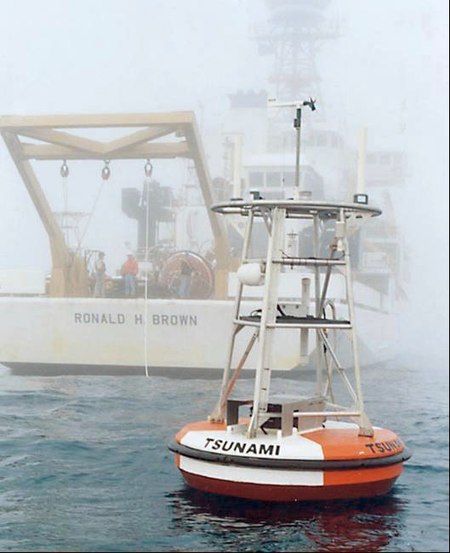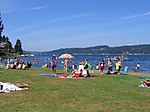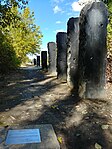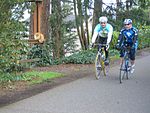NOAA Center for Tsunami Research
AC with 0 elementsNational Oceanic and Atmospheric AdministrationOceanographic organizationsResearch institutes in SeattleTsunami ... and 2 more
Wikipedia external links cleanup from June 2018Wikipedia spam cleanup from June 2018

The NOAA Center for Tsunami Research (NCTR), located at the Pacific Marine Environmental Laboratory (PMEL) in Seattle, Washington, performs research in support of tsunami forecast models to increase the speed and accuracy of operational forecasts and warnings, tsunami inundation models to predict tsunami impacts on coastal communities, and tsunami measurement/detection technology for optimally designed networks of tsunami buoys.
Excerpt from the Wikipedia article NOAA Center for Tsunami Research (License: CC BY-SA 3.0, Authors, Images).NOAA Center for Tsunami Research
58th Avenue Northeast, Seattle
Geographical coordinates (GPS) Address Nearby Places Show on map
Geographical coordinates (GPS)
| Latitude | Longitude |
|---|---|
| N 47.6835197 ° | E -122.2657958 ° |
Address
58th Avenue Northeast 7530
98115 Seattle
Washington, United States
Open on Google Maps








